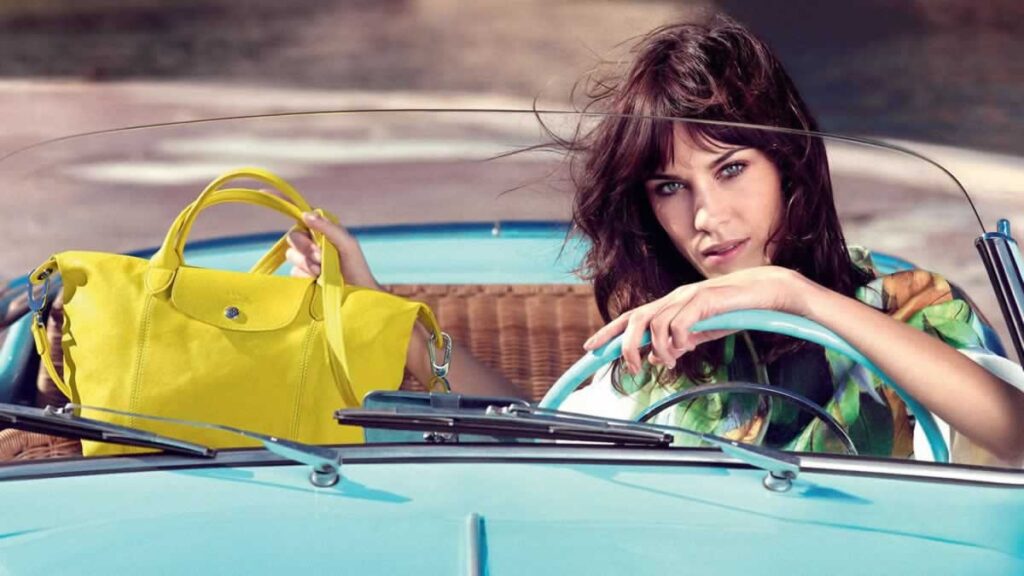In the world of high fashion, designer handbags have long been considered a status symbol, coveted for their craftsmanship, exclusivity, and association with luxury brands like Louis Vuitton, Chanel, Gucci, and Hermès. Owning one of these bags can be a dream for many fashion enthusiasts, but their sky-high prices make them unattainable for a large segment of consumers. In recent years, however, a shift has emerged in the fashion landscape – replica bags, once associated with subpar quality and counterfeit operations, are gaining traction. They are no longer seen merely as cheap knock-offs, but as a viable, stylish alternative for those looking to enjoy luxury aesthetics without the hefty price tag. The rise in popularity of replica bags can be attributed to changing perceptions and attitudes toward luxury and consumption. A new generation of fashion-conscious buyers is redefining what it means to engage with designer goods. The concept of exclusivity is evolving, as younger consumers place greater emphasis on aesthetics and trends than on brand loyalty.

Many argue that the price tag of an original Designer Replica Bags is often inflated, driven more by marketing and prestige than by actual craftsmanship or materials. In this context, replica bags offer an appealing solution, allowing buyers to experience the look and feel of high-end products without the guilt or financial burden. Another factor driving the acceptance of replica bags is the improved quality of counterfeits. In the past, replicas were easily distinguishable due to their poor craftsmanship and lack of attention to detail. However, the production of high-quality replicas has advanced significantly, with some manufacturers investing in superior materials and paying close attention to the smallest design details. These so-called super fakes are often indistinguishable from the originals, leading to their widespread popularity even among individuals who could afford the real thing but prefer to allocate their resources elsewhere. Social media has played a significant role in normalizing the use of replica bags. Influencers often share their experience with these items, offering reviews and comparisons between authentic and replica products.
Instead of being stigmatized, owning a replica bag is increasingly seen as a savvy choice that allows people to enjoy the latest fashion trends without breaking the bank. This transparency has demystified the replica market and made it more acceptable to a wider audience. Moreover, fashion enthusiasts now have access to an extensive network of online stores and marketplaces that specialize in high-quality replicas. Unlike years ago, when purchasing a fake designer bag meant dealing with street vendors or shady online sellers, today’s consumers can buy replica bags through reputable platforms that offer clear photos, detailed descriptions, and customer reviews. While the rise of replica bags is rooted in affordability and fashion trends, there are also ethical and environmental considerations at play. Some buyers of replicas argue that their choices are a form of rebellion against an industry that perpetuates consumerism and elitism. In contrast, replica bags can be seen as a more sustainable choice, especially when produced by smaller, ethical manufacturers who prioritize responsible production.
